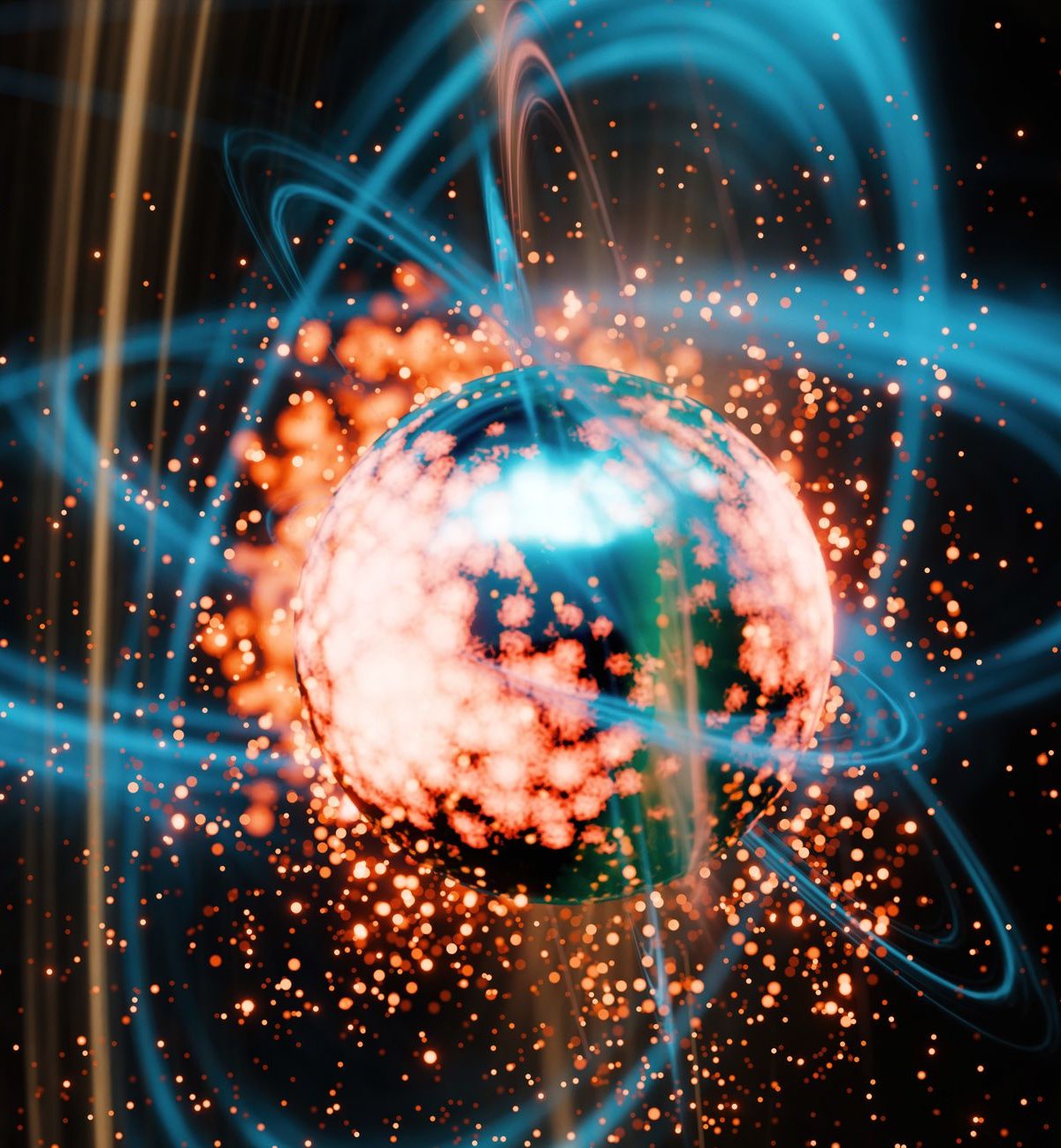There is an aspect of the universe where the laws of physics as we know them begin to break down, where space and time become a chaotic mess of possibilities. This is the domain of the Planck Scale, a theoretical limit that defines the smallest and most fundamental limits of reality..
Theoretically, it is the point where quantum gravity takes control and we can understand the first essence of the universe. But the Planck Scale is not just a mathematical curiosity: It is one of the most profound ideas in modern physics.
It describes a set of fundamental units (time, length, mass, energy, and temperature) into which universal constants elegantly combine. But to understand this, we need to revisit history and turn to the work of Max Planck, one of the greatest names in modern physics.
By the end of the 19th century, physics seemed an almost completed science. However, in trying to explain the radiation emitted by hot bodies, a persistent problem arose called the black-body radiation problem.
“Classical theory predicted that hot objects should emit infinite energy at short wavelengths; this is something that clearly does not happen.”
In 1900, Max Planck proposed a radical solution: Energy is emitted not continuously but in discrete packets called quanta. Although this idea was initially seen as a mathematical trick, it gave rise to quantum mechanics and earned Planck the Nobel Prize in Physics in 1918.

By introducing the fundamental constant known as Planck’s constant (h), It formed the basis for calculating quantum and gravitational effects at scale. becomes equally important – what we today call the Planck Scale.
The Planck Scale represents the smallest possible values for certain fundamental physical quantities:
- Planck length: Approx. 1.6×10-35 metre. It is the shortest significant length in the universe. Below this, the idea of continuous space loses its meaning;
- Planck time: Approx. 5.4×10-44 second. It is the shortest measurable time interval;
- Planck mass: Approx. 2.2×10-8 kilogram. It represents an extremely small mass on human scales, but is enormous on quantum scales;
- Planck energy: Approx. 1.2×1019 gigaelectronvolt. It is the energy associated with particles at this scale.

These units are created by combining three fundamental constants of nature:
- Planck constant (h): It identifies the smallest “packets” of energy in the universe;
- Speed of light (c): Maximum speed allowed by anything in the universe;
- Gravitational constant (G): It measures the gravitational force between masses.
At the Planck scale, there is a conflict between the two great theories of modern physics (quantum mechanics, which describes the very small, and general relativity, which describes the very large).
General relativity tells us that gravity is the curvature of space-time caused by masses. Quantum mechanics deals with probabilities and uncertainties on a microscopic scale.
At the Planck Scale, space-time is so small that quantum fluctuations become significant and unpredictable “quantum foam” is formed.
This means that we need a unified theory of quantum gravity to accurately describe the universe at this scale; something scientists are trying to improve. Theories such as String Theory and Loop Quantum Gravity attempt to fill this gap, but none have been proven experimentally.

The Planck Scale is also fundamental to understanding the earliest moments of the universe. In Planck’s time, just after the Big Bang, the universe was only 10-43 seconds old and extremely hot and dense. Conventional physics cannot fully describe what is happening at that momentbecause the fundamental forces (gravity, electromagnetism, strong force and weak force) can be combined.
The Planck Scale is not just a mathematical concept; It raises philosophical questions about the limits of human knowledge. If space and time lose meaning below the Planck length, could there be a fundamental level of reality that we can never reach?
This is another window into the deepest mysteries of the universe. It marks the limit where our current understanding of physics encounters obstacles and where new theories must emerge. As scientists continue to explore the boundaries between the infinitely large and the infinitely small, The Planck Scale remains a reminder that no matter how far we advance, the cosmos will always have new secrets to reveal to us.
Source: Tec Mundo
I’m Blaine Morgan, an experienced journalist and writer with over 8 years of experience in the tech industry. My expertise lies in writing about technology news and trends, covering everything from cutting-edge gadgets to emerging software developments. I’ve written for several leading publications including Gadget Onus where I am an author.












